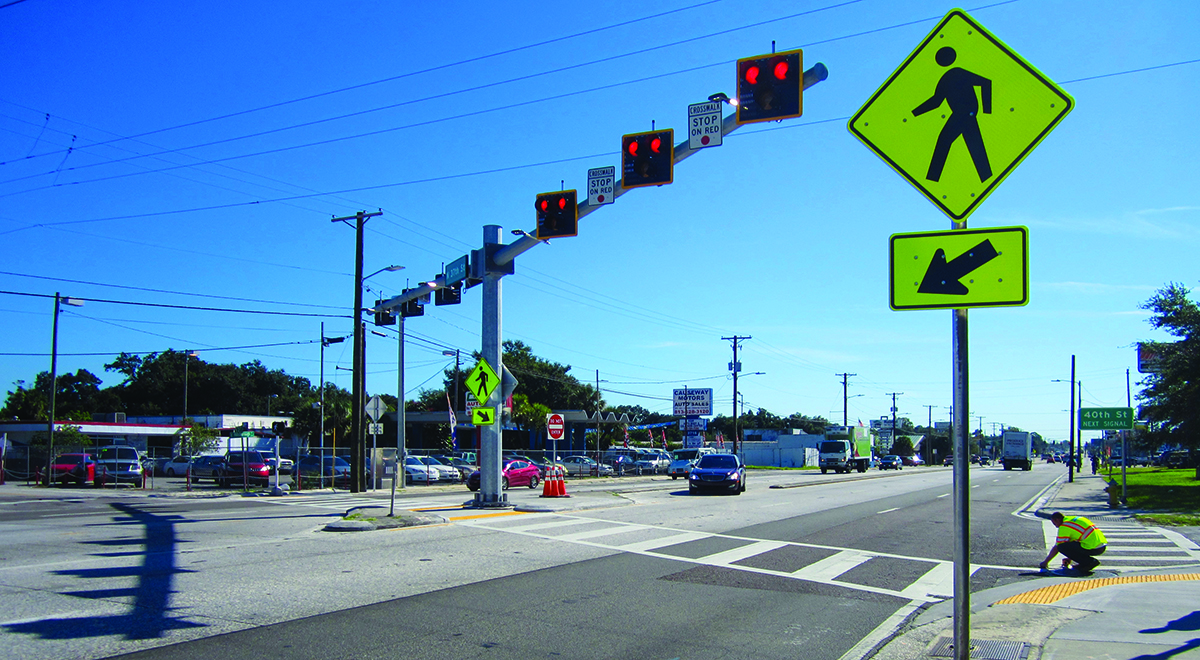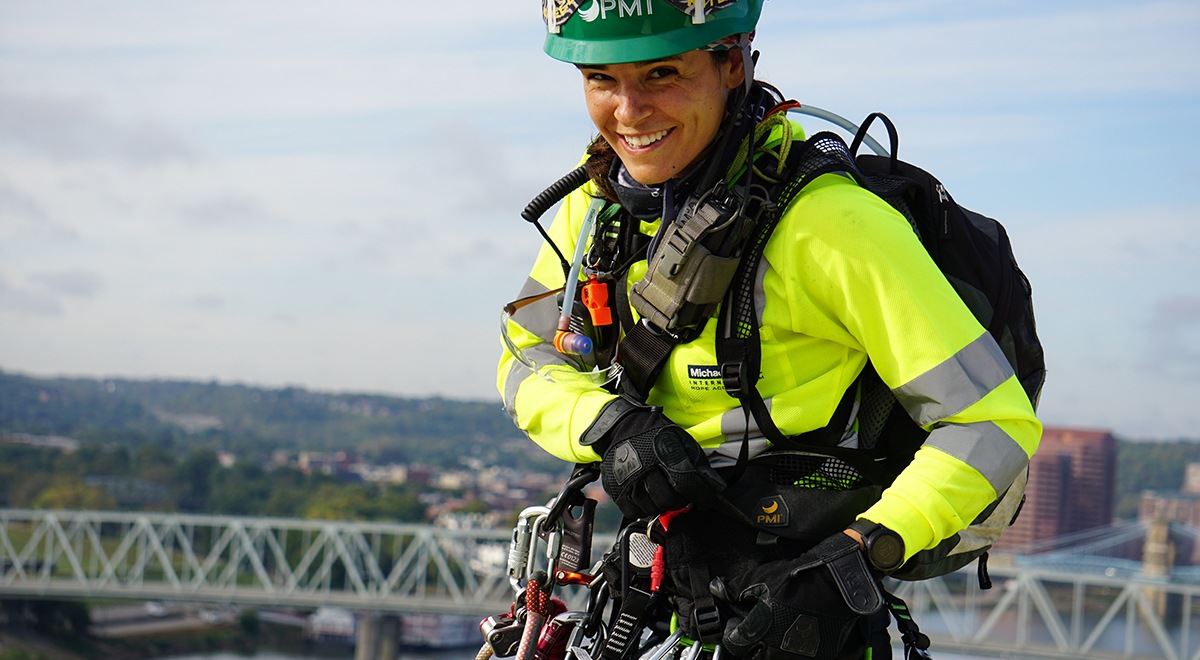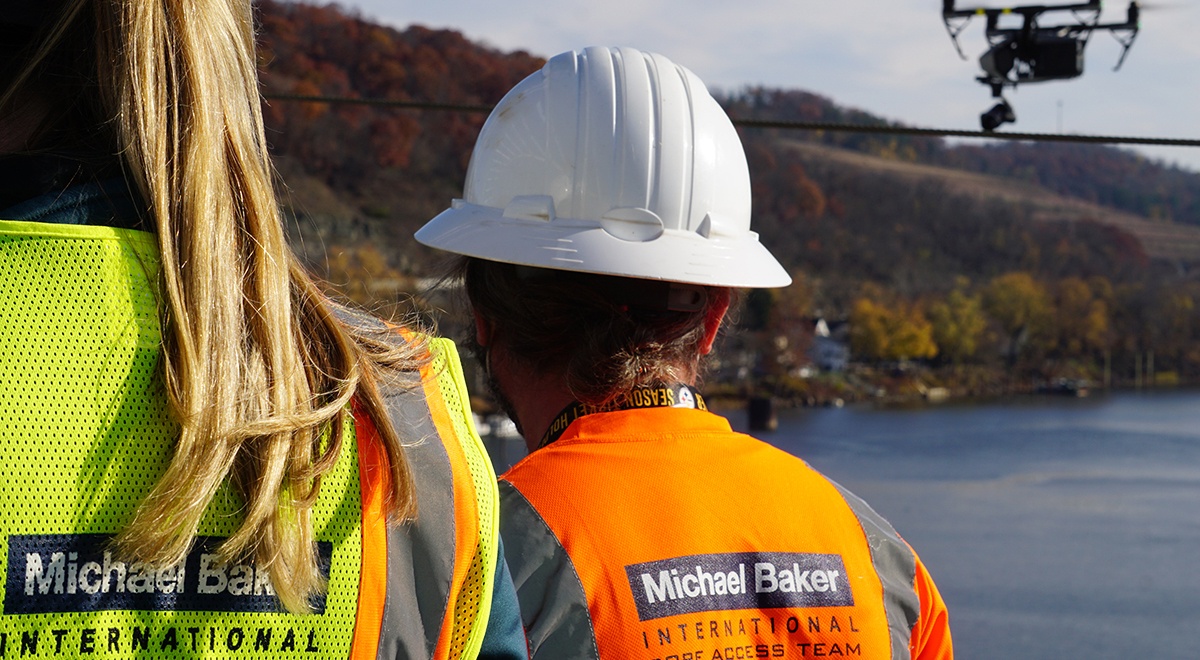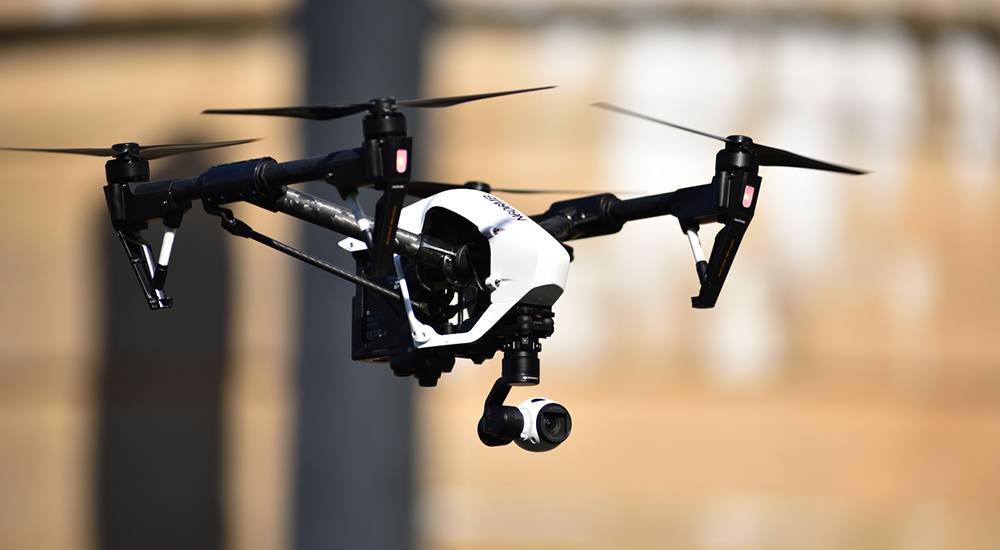Michael Baker uses design-build to quickly deliver more than 70 safety projects for the Florida Department of Transportation
From the Summer 2019 issue of Signature
Design-build is an innovative approach to construction in which the owner or client contracts with the designer and primary contractor as a team, rather than as separate entities. This contrasts with the more traditional design-bid-build approach, where the client must wait for completion of the design before soliciting construction bids, a process that can add months — even years — to a project and substantially delay completion.
When the designer and contractor work as a unit, form and function are complementary. That collaboration typically results in fewer surprises during the build, meaning fewer cost overruns and contract modifications as well as smoother, quicker delivery. The Design-Build Institute of America calls this tool the fastest-growing approach in the construction industry, delivering nearly half the nation’s projects, with growth expected to continue at 18 percent through 2021.
For all that, design-build often has been reserved for multifaceted, multiyear initiatives where collaboration between designer and contractor can save huge chunks of money and time. Would design-build be as effective in more straightforward, short-term projects?
The Florida Department of Transportation (FDOT) District 7 bet that it would when it engaged Michael Baker International and Florida Safety Contractors, Inc. as the design-build team for an on-call contract that ultimately would span dozens of projects, most of them aimed at improving motorist and pedestrian safety. Florida Safety is quite prominent in the Sunshine State for installing traffic signals, street lighting, roadway signage and intelligent traffic systems, so the fit with Michael Baker – a design-build leader – was ideal.
FDOT called the contract a “Design-Build Push Button (DBPB)” agreement because the agency would activate projects quickly, as if by pushing a button. That term, however, may be somewhat misleading. First, District 7 spans five counties — Citrus, Hernando, Hillsborough, Pasco, Pinellas — that include such bustling cities as Tampa, St. Petersburg, Clearwater, Dunedin, Largo, New Port Richey and Brooksville. Those towns boast a combined population of nearly one million, a total typically swelled by tourists. Thus, the highway network is sprawling and heavily trafficked.
“It is one of the most heavily populated areas in Florida,” says Beth Steimle, P.E., Office Executive for Michael Baker in Tampa. “You have to integrate your work with lots of people and activities.”
Moreover, many of the projects involved meticulous planning, while others introduced cutting-edge technology. Says Matt Nance, District 7 Safety Study Engineer:
“They definitely were short-turnaround projects to be designed and built within a year of the date of execution. We tried to avoid anything that would need rights of way or have significant utility impacts that would make the project unattainable, and the team performed detailed constructability analyses to avoid unforeseen issues in the field.”
“We implemented various innovative technologies, such as green bike lanes that emphasize conflict areas for cyclists and vehicles. We are always looking for the next, best thing we can implement.”
Funded by $30 million in federal and state financing, the initiatives — which reached interstate highways, city and county roads, and pedestrian and bicycle corridors — featured diverse safety solutions that included traffic signal installations, ITS infrastructure, dynamic message signs, offset left turn lanes, high-friction pavement overlays, audible/vibratory pavement markings, overhead/ cantilevered guide signs, lighting enhancements and ADA intersection upgrades. Among the most innovative projects were:
- Rapid Rectangular Flashing Beacon (RRFB) design and installation on six-lane Busch Boulevard, the first RRFB in District 7. RRFBs are midblock crosswalks activated when a pedestrian approaches the crosswalk and pushes a button to initiate overhead and post-mounted flashing beacons. These, in turn, alert drivers to the pedestrian and direct motorists to yield. The RRFB addressed recurring pedestrian safety issues on the busy boulevard.
- Wrong-Way Driving Countermeasures — signage and pavement markings — designed and installed at I-4, I-75 and I-275 interchanges to prevent drivers from entering the wrong direction of traffic flow. This $630,000 initiative, the most ambitious of the DBPB, was extremely timely because the Tampa metro area had experienced several wrong-way crashes within a span of a few months.
- High-Intensity Activated Crosswalk Beacons (HAWKS) designed and installed on Hillsborough Avenue to better protect student pedestrian traffic. HAWKs differ from RRFBs in that when activated by a pedestrian, the signal turns red to bring vehicular traffic to a full stop.
Says Kevin Fielder, P.E., Michael Baker’s Project Manager throughout the DBPB:
“The RRFBs and HAWKS were the most interesting initiatives because they used newer types of technology related to pedestrian safety.”
EVERYBODY KNEW EVERYTHING THAT WAS GOING ON
A successful design-build approach requires constant communication and close collaboration among the client, the designer and the contractor — and that is precisely what the principals brought to the DBPB.
“We had two coordination meetings per week — one for the FDOT design staff, one for their construction staff,” Fielder says. “The contractor and I attended both. Everything was interrelated; everybody knew everything that was going on. The contractor would attend initial field visits, and our engineering staff visited the field during construction. Having a contractor on board while you are designing is really an advantage.”
That teamwork, says Brian Russell, P.E., Office Executive for Michael Baker in Jacksonville, yielded major savings for FDOT.
“Procurement is so time-consuming for agencies,” Russell notes. “It takes three or four people out of their daily jobs to meet with consultants, grade proposals, conduct interviews, debrief on them. They spend an enormous amount of time and dollars on that. With this concept, you do all that once for lots of projects. You do not have to do it multiple times.”
Fielder’s leadership on the DBPB contract also was an interesting and important part of the story. An engineer for Michael Baker who lived and worked in Jacksonville, Fielder relocated to Tampa for the DBPB assignment, his first as a project manager. He was so committed to the task that he and his wife sold their Jacksonville home and purchased another in Tampa to be close to the action.
“I was ready to take the next step up to project management,” Fielder recalls. “I turned down the offer initially, but when we looked at it through the career lens, it was a no-brainer. Running a design-build project takes a long time. You need to be very proactive, and there are very few down times. For me, it was a lesson in time and staff management and in balancing work and personal life.”
SHORTENING THE PROCESS UP TO 70 PERCENT
In all, the team completed more than 70 projects under the DBPB umbrella, with outstanding results across the board. Even beyond the savings Russell describes, the design-build approach dramatically reduced delivery times. Confirms Nance:
“Had we taken the traditional route, it may have taken five to six years before we were even starting to address the problem. Here, we saw that cut by 65 to 70 percent. That was definitely significant.”
“It certainly validates design-build on the safety side. Safety is paramount to our vision here. Whenever we are able to implement things quicker and save lives, that is the most beneficial thing we can do.”
Other highway designers and contractors, based on the achievements of the DBPB contract, are adapting the model for their own use.
“This was one of the early implementations of the push button contract concept,” Russell says. “Now, it is being utilized by cities, counties and other government agencies.”
“This was my first project as manager, and it probably was more challenging than what many will experience on their first assignment,” Fielder says. “We succeeded primarily because of our team. We had a really good corporate-level support team that led me through some difficult challenges.”
If the DBPB confirmed the applicability of design-build to short-term or pop-up projects, it also demonstrated something just as important — the dedication and mobility of Michael Baker’s talented personnel and the career advancement opportunities afforded them. Fielder, who seized one of those opportunities, spent three years on-site to get the job done. He is back in Jacksonville now, with irreplaceable experience under his belt.




